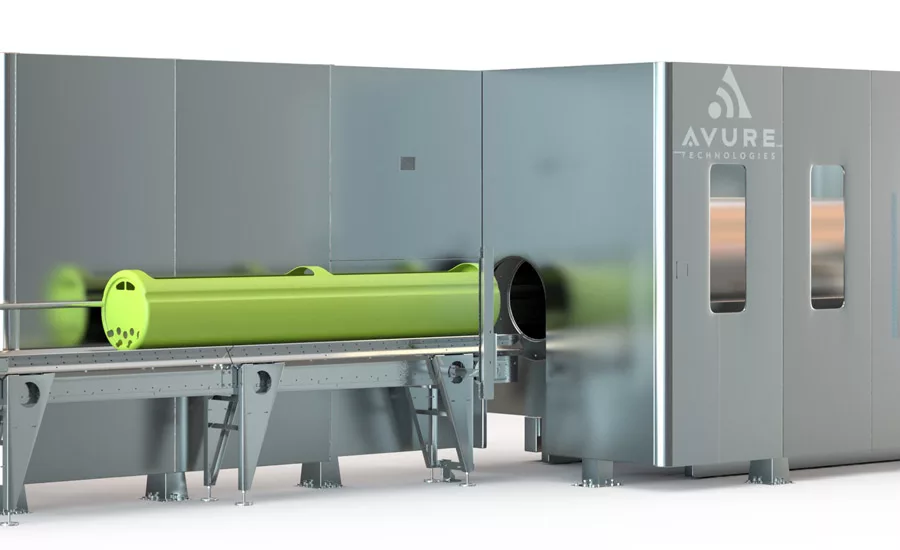HPP
New HPP meat technology preserves color, extends shelf life
HPP, known for its ability to extend shelf life considerably, could take the color out of some meats—but that problem has been resolved

With meat production on the rise—in fact tripling over the last four decades, according to the Worldwatch Institute—HPP (high-pressure processing) has proven itself not only to kill dangerous microbes, but also to extend shelf life by a factor of two to four times. Trouble is, with these merits, HPP meats tend to lose their color, which is a turnoff to some consumers. This has been especially an issue with ground beef, which tends to lose its red color after going through HPP. But other proteins are affected as well by color change, for example whole-muscle beef, pork and chicken.
JBTAvure, however, has solved that problem with new technology and is waiting for USDA approval in the U.S., though this new process has already been given the go-ahead in some foreign countries. The technology, invented by a third party and applied immediately to the meat before HPP, was so much what JBTAvure needed that it bought the entire company and its technology—lock, stock and barrel.
JBTAvure’s new HPP technology for fresh ground meat retains the natural appearance and texture during the high-pressure process. JBTAvure’s VP of Food Science and Microbiology, Dr. Errol Raghubeer, says, “The benefits of this new technology are that meat companies, retailers, and consumers can take better advantage of the food safety benefits that HPP provides as a result of the more natural appearance and a doubling, tripling, or even quadrupling of shelf life. In addition, given HPP’s proven track record of inactivating pathogens and spoilage bacteria, fresh ground meat producers using this technology will be able to have a viable lethality step (FSIS Directive 6120.2) for fresh ground meat.”
When asked how the process works, Raghubeer explains, “The use of SDH (spray dried hemoglobin) is [used] to maintain the “redness” of meat following HPP. HPP denatures the myoglobin in red-meat that is responsible for meat’s redness from its binding to oxygen. This binding to oxygen is lost due to HPP-mediated changes in the myoglobin protein. SDH addition will negate this change in color due to changes in myoglobin. HPP is a critical part of the process for the inactivation of foodborne pathogens such as E. coli O157:H7 and Salmonella. HPP is done in the final package following the addition of SDH.”
SDH is added to several products to enhance nutritional content and is more commonly used in pet foods, adds Raghubeer. When asked how USDA would classify this novel treatment, Raghubeer suggests that most likely it would be considered an additive.
What about a timeframe for approval of this now technology by USDA? “No idea at the moment,” says Raghubeer. “However, due to the increased number of raw ground beef recalls and the known efficacy of HPP in the inactivation of pathogens, one would think the USDA will act on this quickly.”
Looking for a reprint of this article?
From high-res PDFs to custom plaques, order your copy today!







